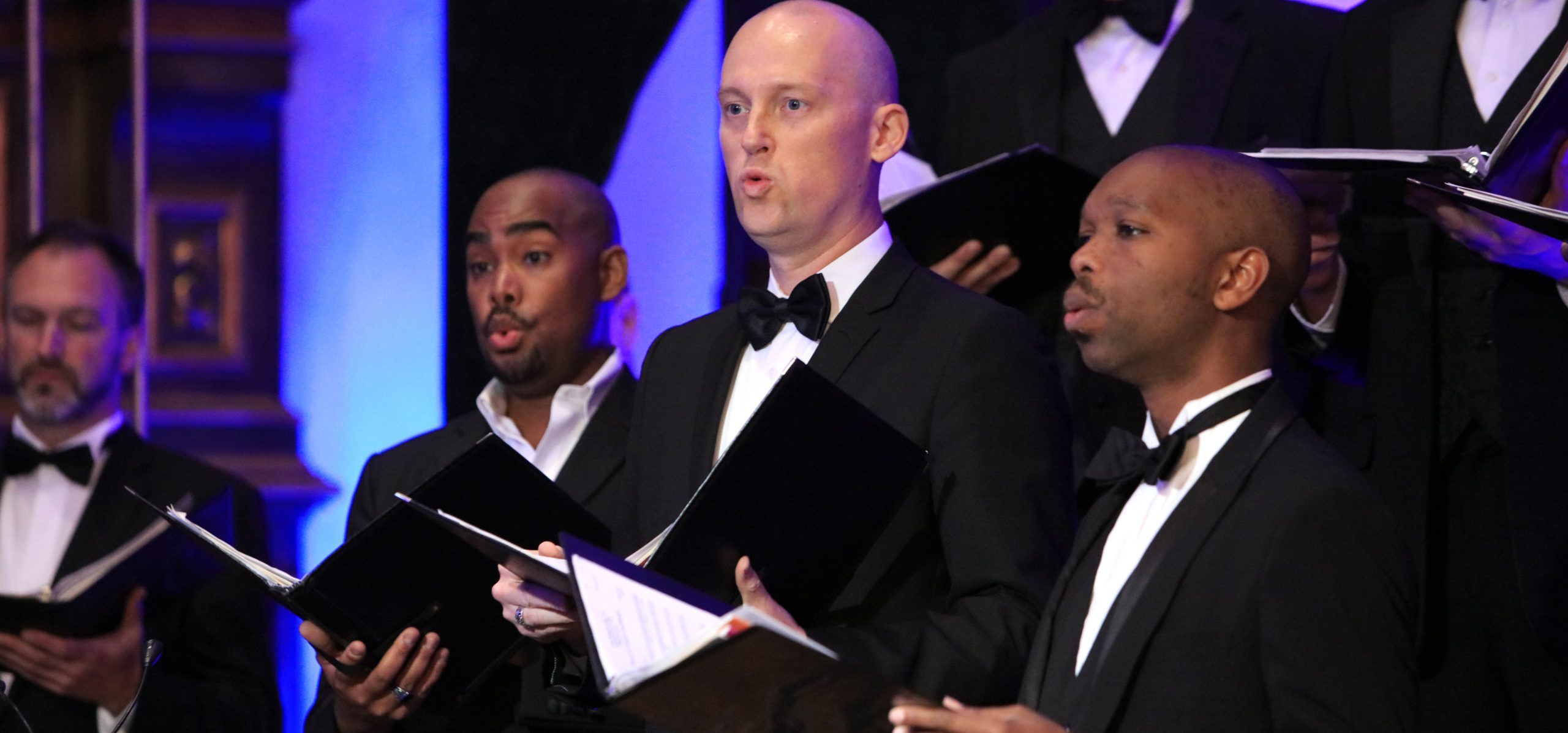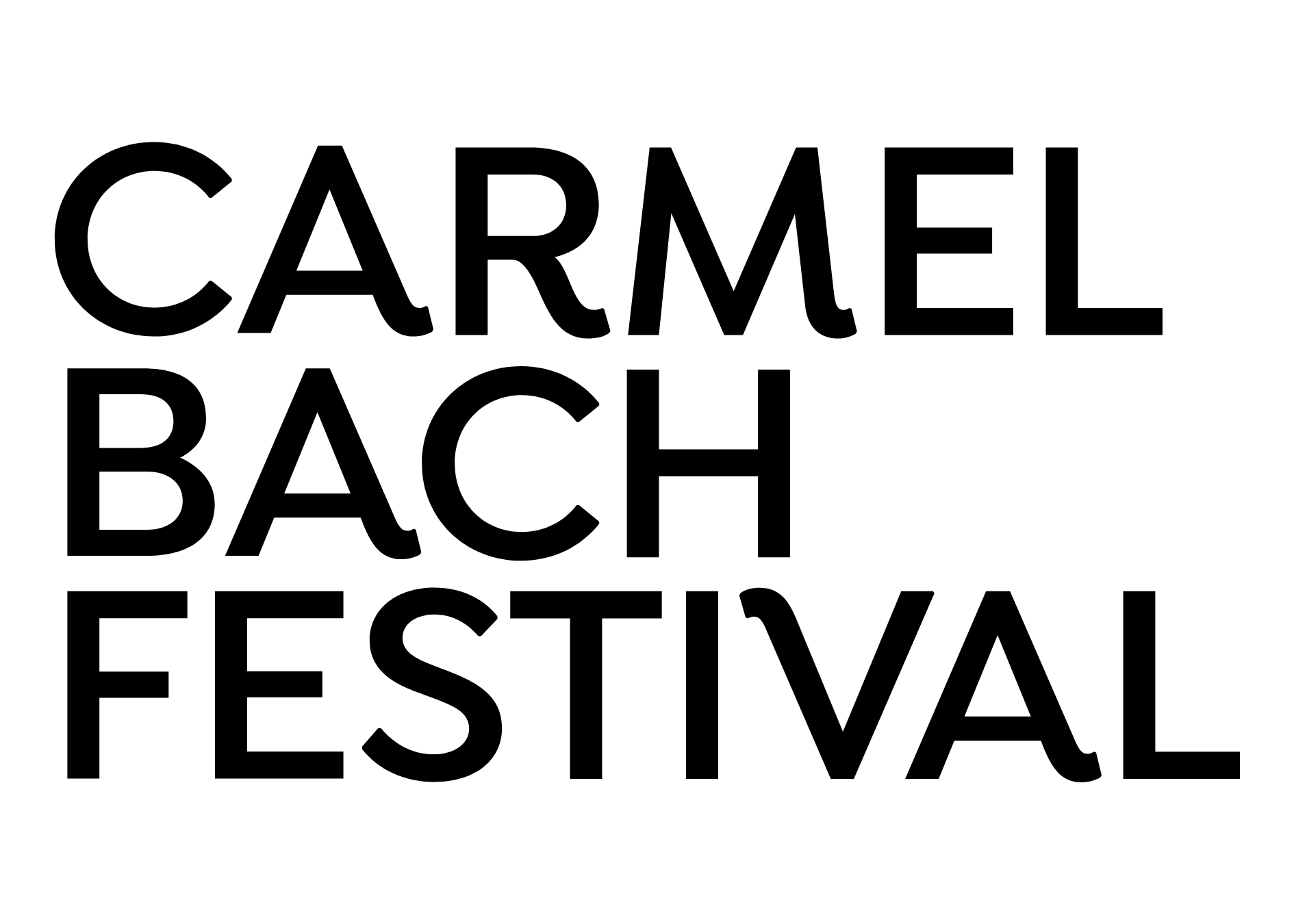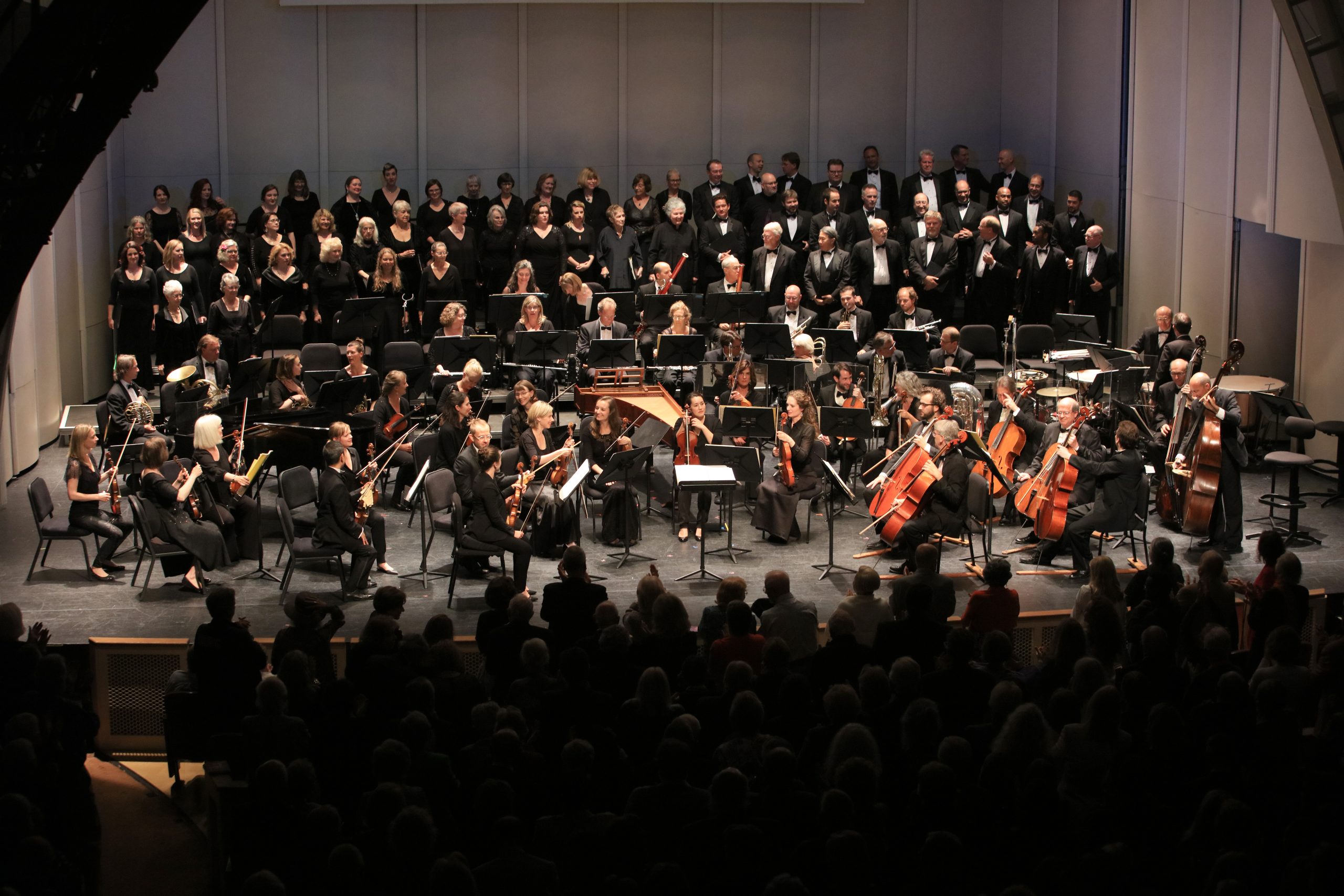
Light of My Life
Saturday, July 23, 7:30 PM
Artists: Festival Orchestra and Chorale conducted by Grete Pedersen
| JOHANN SEBASTIAN BACH | Cantata No. 118, O Jesu, Christ, Meins Lebens Licht, BWV 118 | |
| (1685–1750) | ||
| JOHANN SEBASTIAN BACH | Motet No. 1, BWV 225, Singet dem Herrn ein neues Lied | |
| (1685–1750) | ||
| JOHANN SEBASTIAN BACH | Cantata No. 21 Ich hatte viel Bekümmernis, BWV 21, Sinfonia | |
| (1685–1750) | ||
| Traditional Norwegian Folk Music | Eit barn er fødd i Betlehem | |
| Halleluja, vor strid er endt | ||
| JOHANN SEBASTIAN BACH | Cantata No. 29 Wir danken dir, Gott, wir danken dir, BWV 29 | |
| (1685–1750) | 1. Sinfonia | |
| 2. Chorus: “Wir danken dir, Gott wir danken dir” | ||
| 3. Aria: “Halleluja, Sturk’ und Macht sei des Allerhochsten Namen” |
||
| 4. Recitative: “Gottlob! Es geht uns wohl!” | ||
| 5. Aria: Aria: “Halleluja, Sturk’ und Macht sei des Allerhochsten Namen” |
||
| 6. Recitative: “Vergiss es ferner nicht” | ||
| 7. Aria: “Halleluja, Sturk’ und Macht sei des Allerhochsten Namen” |
||
| 8. Chorus: “Sei Lob und Preis mit Ehren” | ||
Program Notes
The motet O Jesu Christ, mein’s Lebens Licht was long classified among Bach’s cantatas because it resembles the opening movement of a church cantata, with its instrumental introduction and interlude. Bach entitled it a “motet,” however, and as such it is not a cantata fragment but a complete work in itself. Its text is from Martin Behm’s funeral hymn of 1611.
The original version of the motet, which dates from around 1736, may have been intended for an outdoor service at the grave site, since it is scored for wind instruments. Bach later re-scored the work to incorporate string parts for indoor use.
In 1714, 29-year-old Johann Sebastian Bach was promoted to the post of Konzertmeister of Weimar. This prestigious advancement came with the added responsibility of composing a new sacred cantata for performance each month, a challenge that paved the way for Bach’s mastery of the cantata form and spurred the creation of Cantata BWV 21, Ich hatte viel Bekümmernis (I had much grief), in the form we know it today. Based in part on older sketches, Ich hatte viel Bekümmernis shows Bach pushing the boundaries of his own technique and the cantata form itself. The result is a masterful display of formal structure and religious devotion, a powerful meditation on the condition of the human soul.
The work is opened by an intimate Sinfonia which conjures the image of a storm of tears, and of dark and oppressive feelings. The solo oboe is stark and beautiful. Bach composed innumerable solo lines for the oboe in his religious works; the solo in BWV 21 is one of the most memorable.
– Allen Whear
Bach’s Motet No. 1 Singet dem Herrn ein neues Lied is a three-movement work after Psalms 109, 103, and 150:2,6 scored for two four-part choirs and continuo. This fugal masterpiece harkens back to motets of the Renaissance with intricately layered melisma across all eight vocal lines. It is unclear for what occasion Bach composed this motet, but scholars speculate it was for the Queen of Poland’s memorial service or for King August’s birthday, two antithetical occasions to be sure. You’ll hear how this music could lend itself to either event as the character of the music is quite fluid, fluctuating between exuberance and solemnity. A student of Bach’s at Thomasschule, Johann Frederich Doles, surprised Mozart with a performance of Motet No. 1 when he visited Leipzig. Mozart reportedly loved the piece, wanted to orchestrate it for full orchestra (he never got around to it), and requested his own copy of the score.
— Jennifer Candiotti
Norwegian born Grete Pedersen is renowned for establishing a new performance practice for folk music through her work with the Oslo Chamber Choir, which she founded in 1984 and led until 2005, and the Norwegian Soloists’ Choir, which she has directed since 1990. Grete Pedersen has many critically acclaimed recordings with both ensembles, including a Spellemann Prize in 2020 — the equivalent of a Grammy in Norway. During this concert, she will share two Norwegian folk songs in the innovative new style for which she is credited, combining folk and church music traditions. This setting of Eit barn er fødd i Betlehem is adapted for chorale and strings from a track on the Norwegian Soloists’ Choir’s album Rós: Songs of Christmas, and Halleluja, vor strid er endt is adapted from an existing choral version for double chorale and strings.
– Jennifer Candiotti
Bach’s position as Leipzig’s Kantor was a civic as well as a church post. Hence he composed his cantata of thanks, Wir danken dir, Gott, in 1731 on the occasion of Leipzig’s “Ratswahl,” or town council election. Taking advantage of the generous orchestral forces afforded for this civic event, he borrowed musical material from some of his previous instrumental works for several of the cantata’s movements.
Listeners will recognize the brilliant introductory sinfonia as a portion of the famous E Major Partita for Solo Violin (BWV 1006), reworked as a concerto movement for organ, punctuated by chordal outbursts from the orchestra’s three trumpets. The opening chorus, a setting of Psalm 75, is a movement that Bach later re-used for two portions of his B Minor Mass.
The joyful tenor aria with violin obbligato is perhaps based on a violin sonata. The same is probably true of the soprano aria, a gently rocking “siciliano” in 6/8 time. In her recitative, the alto offers a prayer for Leipzig’s prosperity, to which the choir voices the townspeople’s response: a single, solid “Amen.” This is followed by an alto version of the earlier tenor aria, this time with organ obbligato. The full orchestra joins the chorus for the majestic concluding chorale, whose first phrase will remind listeners of the familiar doxology “Praise God From Whom All Blessings Flow.”
— Clifford Cranna


